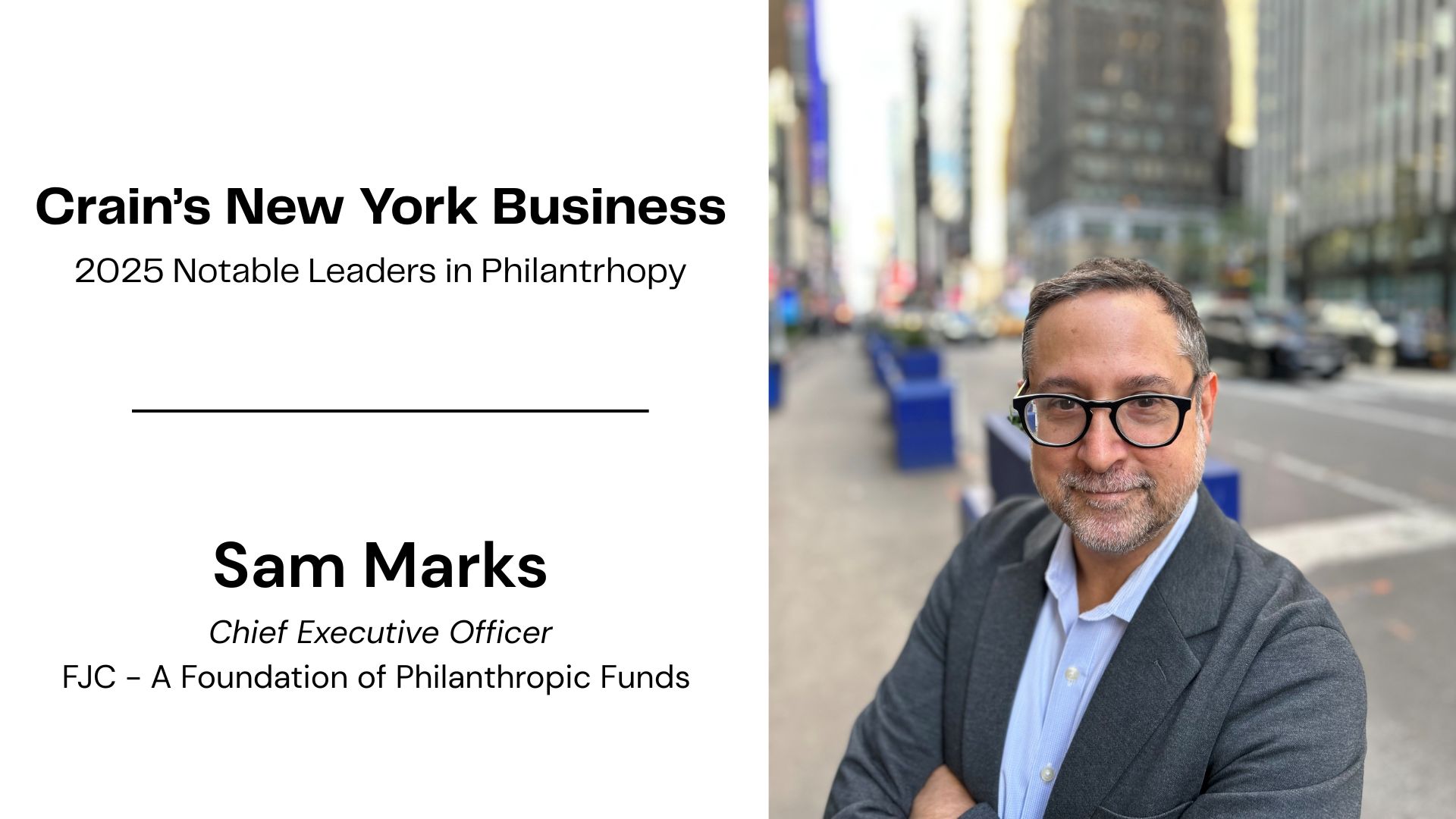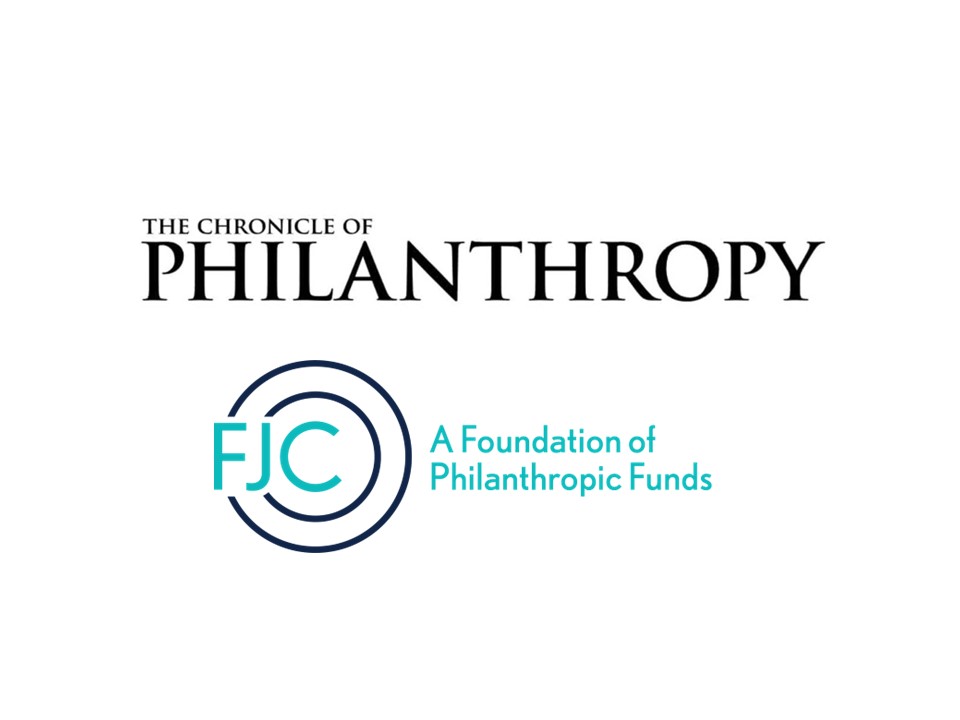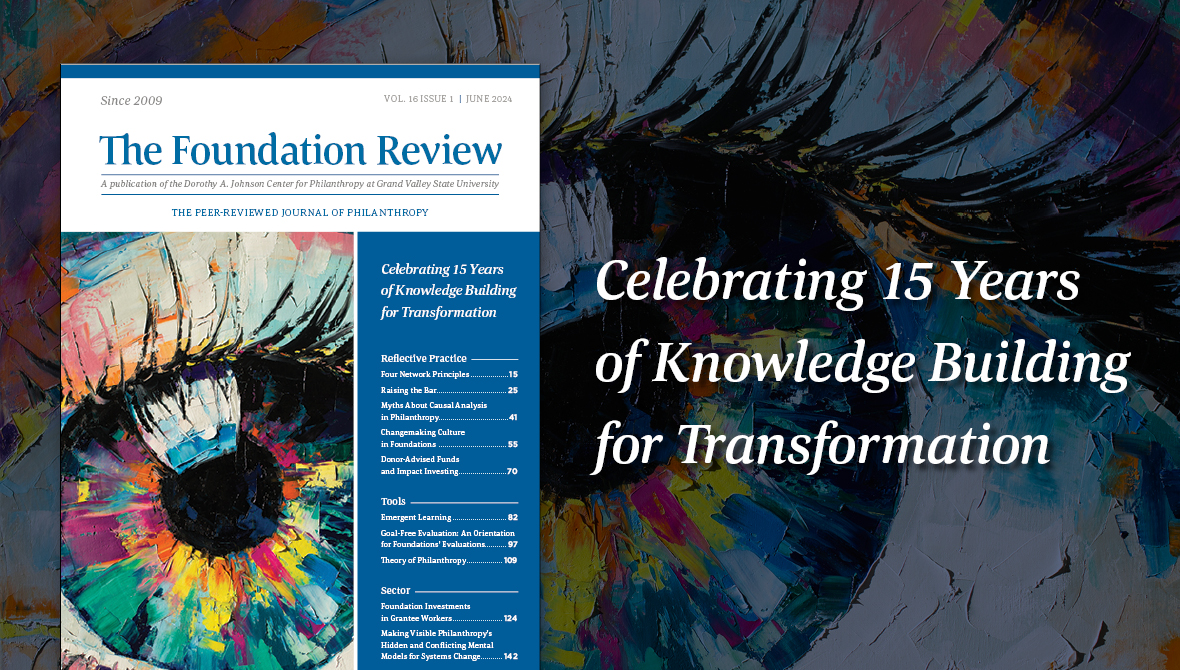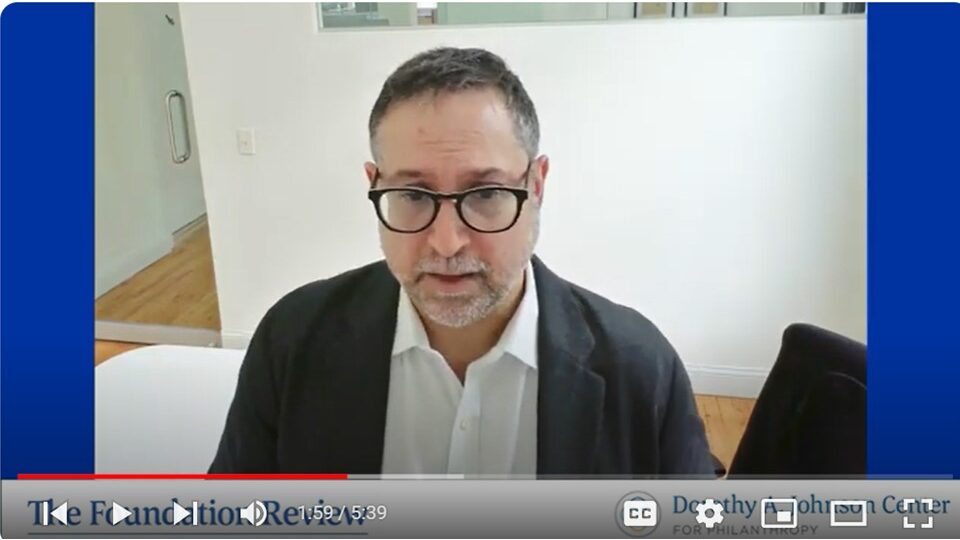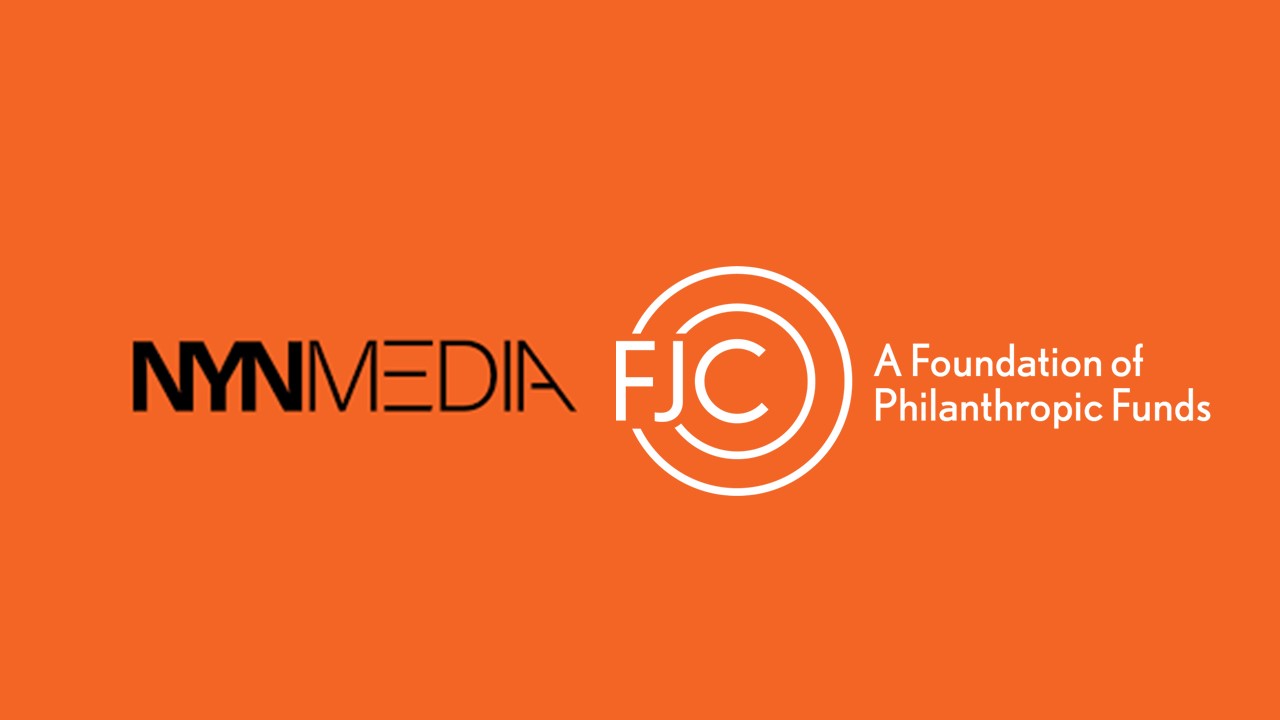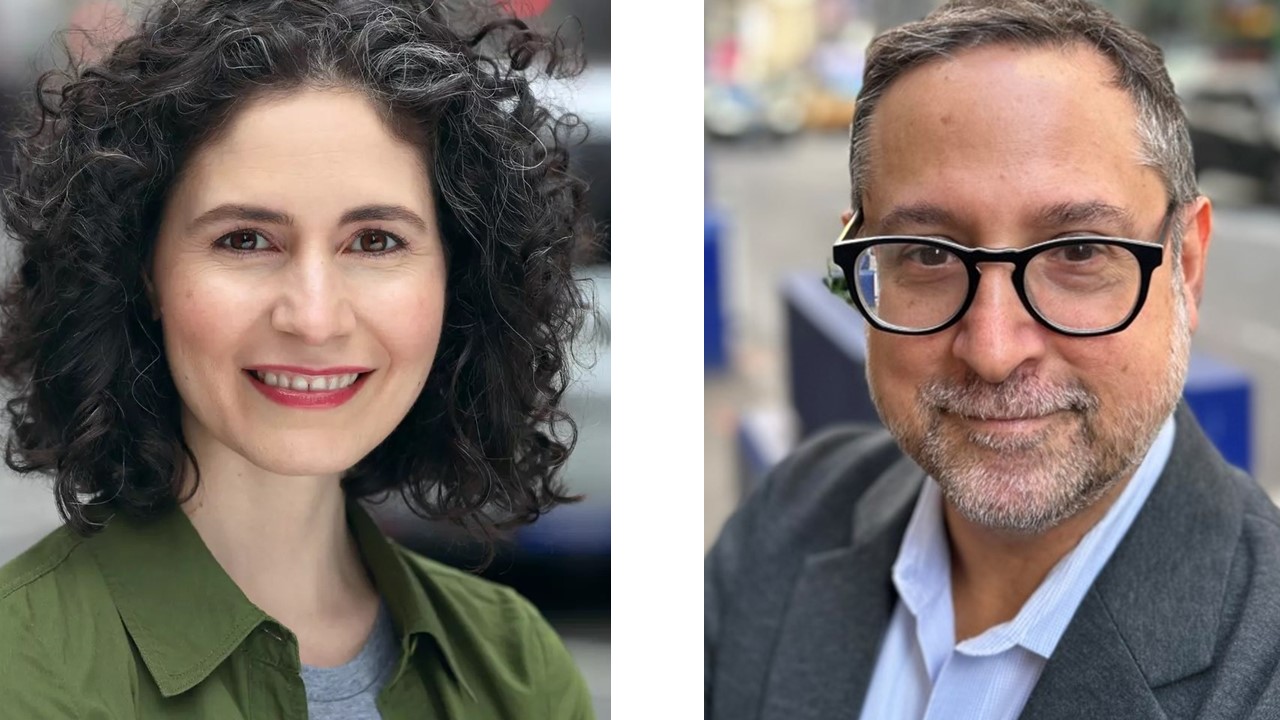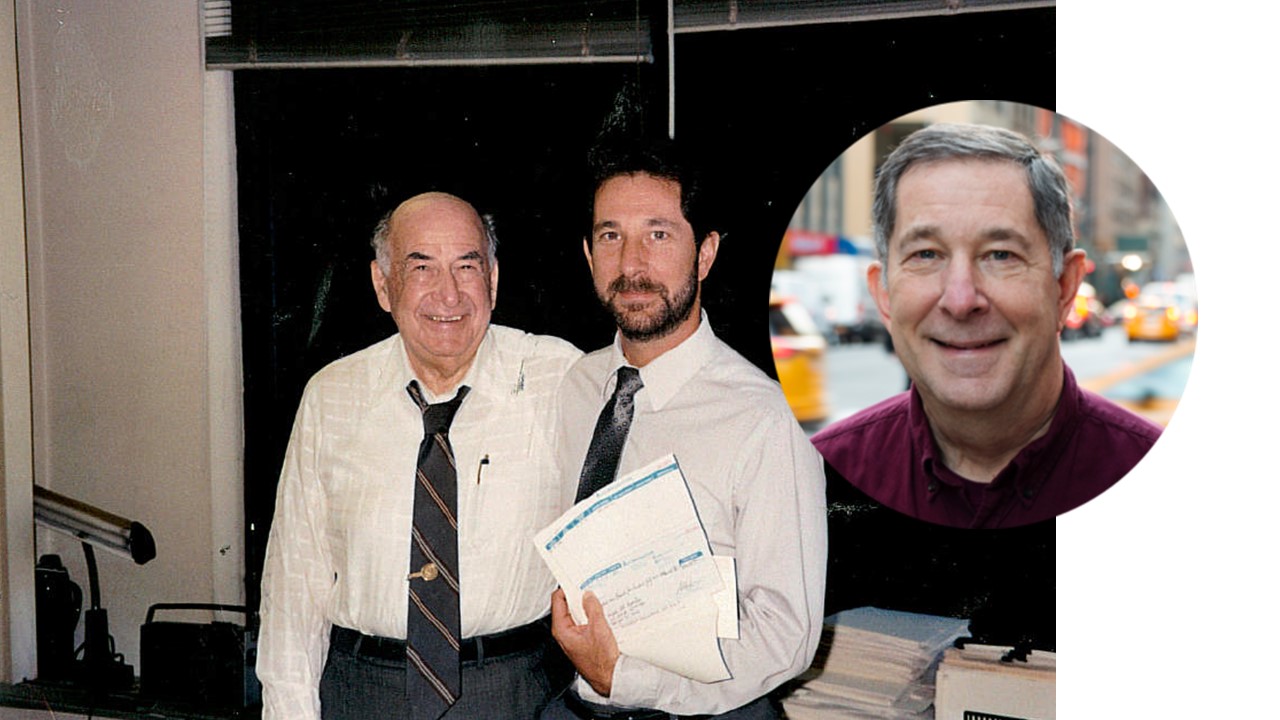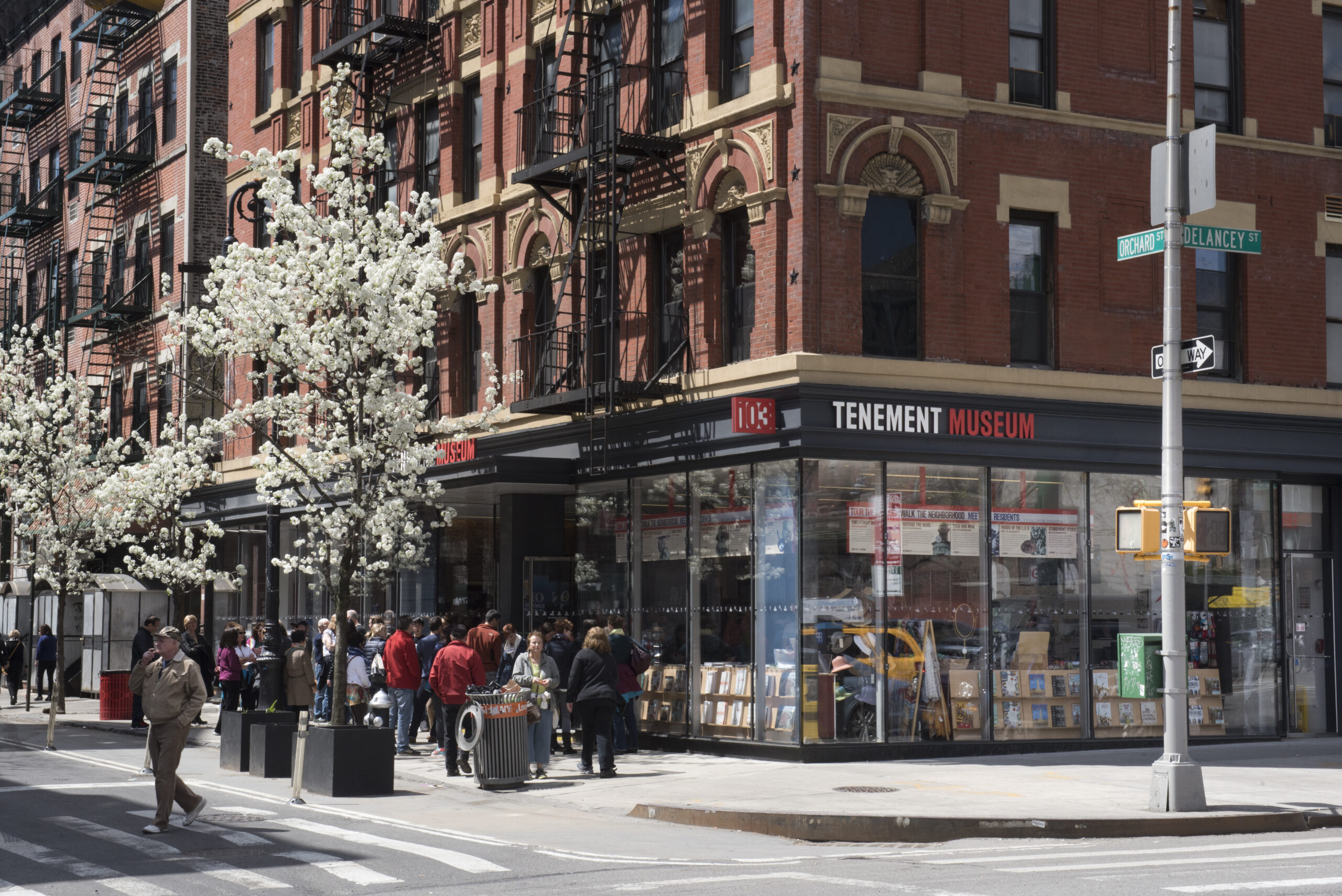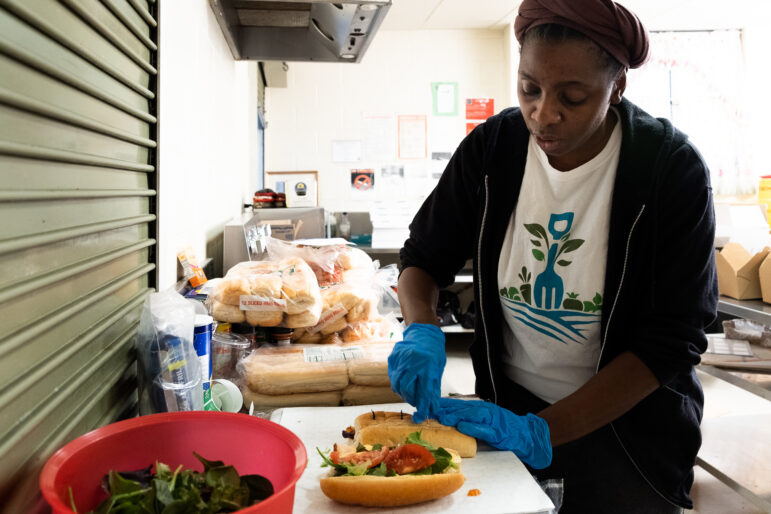The recent wildfires in Los Angeles have been fueled by a confluence of factors, including record-breaking heat waves, prolonged drought conditions, and strong Santa Ana winds. Climate change has exacerbated these conditions, creating a perfect storm for the rapid spread of fire across vulnerable landscapes and communities. As flames consume homes, displace families, and devastate wildlife habitats, the urgency for support and intervention has never been greater.
While first responders work tirelessly to contain the fires and provide immediate relief, there are significant gaps that philanthropy can help address. Recovery is about more than extinguishing flames—it’s about helping displaced families rebuild their lives and livelihoods, restoring damaged ecosystems, and supporting frontline responders who are often overwhelmed by the sheer scale of these disasters.
Below is a small sample of non-profit 501(c)(3) organizations that are active in the Los Angeles area. This list is far from exhaustive, but these have been vetted by FJC and peer organizations with local expertise.
To find one of the grantees below in the FJC donor portal, go to the Make a Grant page, select “Click here to search for a Grantee” and enter the EIN number of the organization. Please note also our suggested language for the Grant Purpose field, which will help direct FJC’s grants to specific programs related to the wildfires.
California Community Foundation (Grant Purpose: “California Wildfire Recovery Fund”)
EIN: 95-3510055
Since 1915, the California Community Foundation (CCF) has been shaping and strengthening Los Angeles communities. The California Community Foundation’s Wildfire Recovery Fund supports both mid-term to long-term recovery efforts for those affected by California wildfires. Since the Wildfire Recovery Fund opened in 2003, we have granted more than $32 million to support relief and recovery efforts in the aftermath of these devastating wildfires.
World Central Kitchen (Grant Purpose: “To support WCK’s Southern California relief team”)
EIN: 27-3521132
World Central Kitchen provides meals in response to humanitarian, climate, and community crises. World Central Kitchen’s Relief Team is in Southern California to support first responders and families impacted by wildfires in the Los Angeles area. Their teams and partners have mobilized across the region to provide nourishing meals to people in need.
Los Angeles Regional Food Bank. (Grant Purpose: “Disaster Relief Fund”)
EIN: 95-3135649
The Los Angeles Regional Food Bank and their partner agencies provide food assistance to people throughout LA County in normal times and times of crisis through a network of local food pantries and agency partners.
805 Undocufund (Grant Purpose: “Disaster Relief Fund”)
EIN: 86-2230353
When disaster hits, 805 Undocufund mobilizes resources, providing short-term financial relief to undocumented residents, and advocates for long-term systems change to ensure they are effectively included in disaster planning, preparedness, response and recovery. Donations to the Disaster Relief Fund provide urgent financial assistance to vulnerable families impacted by disasters, covering essential needs such as rent, utilities, food, and medical expenses. This fund is especially vital for undocumented and migrant communities who often lack access to traditional support.
The Los Angeles Fire Department Foundation
EIN: 27-2007326
The Los Angeles Fire Department (LAFD) Foundation provides vital equipment and funds critical programs to help the LAFD save lives and protect communities. As the Fire Department’s official non-profit arm, the LAFD Foundation focuses its fundraising efforts on projects that: improve firefighter health, safety and wellness; affect firefighters’ ability to perform their life-saving duty; and expand the resources relied upon to protect lives, homes and the environment.
Public Counsel (Grant Purpose: “Fire Relief and Recovery Services”)
EIN: 23-7105149
Public Counsel is a nonprofit public interest law firm dedicated to advancing civil rights and racial and economic justice. The organization is helping individuals, families, small businesses, and communities impacted or displaced by the fires, in partnership with FEMA and the County of Los Angeles Recovery Centers.
Baby2Baby
EIN: 46-4503539
Baby2Baby is a nonprofit that provides children living in poverty across the country with diapers, clothing and all the basic necessities. Baby2Baby has already distributed over 5 million emergency supplies for the most vulnerable children and families who have lost everything in the fires, including diapers, food, formula, water, clothing, blankets and hygiene products. The organization partners with 470 partners in LA County spanning schools, homeless shelters and resource centers.
Jewish Free Loan Association. (Grant Purpose: “Wildfire Relief”)
EIN: 95-1691014
In response to the devastating impact of the wildfires, Jewish Free Loan Association (JFLA) is offering a limited number of zero-interest, zero-fee loans to affected people of all faiths and backgrounds: individuals, non-profits, and small businesses. Loans are available to cover temporary housing, transportation, and essentials like food, clothing, medicine, bedding, towels.
